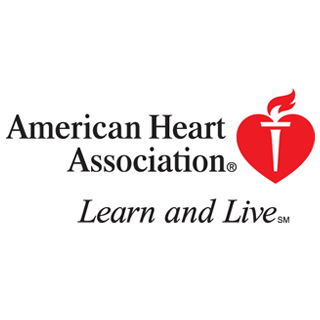
Experts collected data from the randomized, placebo-controlled, double blind justification for use of statins in prevention. The study enlisted men aged 50 yrs or older and women aged 60 yrs or older. When patients with augmented high sensitivity hsCRP consumed cholesterol-lowering statin drugs they apparently lowered the risk of cardiovascular disease (CVD) by around 45 percent.
“These data demonstrate that women and men with elevated hsCRP who are otherwise at 5 percent to 20 percent 10-year risk had substantive risk reductions with statin therapy even though they are currently outside United States treatment guidelines,†remarked Paul Ridker, M.D., lead study author and director of the Center for Cardiovascular Disease Prevention at Brigham and Women’s Hospital, Boston, Mass. Ridker is also principal investigator of Jupiter.
These findings were mainly for people who had a 10 year CVD risk of 5 percent to 10 percent. In addition, people with 11 percent to 20 percent 10-year risk lowered the risk by 49 percent. However, people with a 10 year risk of less than 5 percent apparently did not have statistically vital reduction in events with statins. Experts share that Canadian prevention guidelines highlighted a need to better define CVD risk.
“The new Canadian guidelines are a major step forward for prevention and incorporate hsCRP in a thoughtful manner†commented Ridker. “However, intermediate risk was defined in the Canadian guidelines as 10 to 20 percent 10-year risk, yet we observed major benefits of statin therapy for those with risks of 5 to 10 percent as well. Many physicians incorrectly consider a 5 percent to 10 percent risk score to be low-risk, especially in woman who tend to develop CVD at least a decade later than men, although heart and blood vessel disease remains the number one killer of women and menâ€.
The latest Canadian recommendations supposedly mentions statin therapy for patients who have intermediate risk which is noted as 10 percent to 19 percent 10-year risk and augmented hsCRP even when cholesterol levels are in the normal range.
“The current U.S. recommendations label individuals with a greater than 20 percent 10-year Framingham risk as high risk and advise statin therapy for them. Statin treatment for individuals with Framingham risk under 20 percent has until now been less clear-cut,†Ridker added.
The Framingham Risk Score is used to evaluate the risk as it highlights CVD risk depending on conventional risk factors. These factors subsume age, gender, smoking, blood pressure and cholesterol. Experts also used the Reynolds Risk Score which considers hsCRP and parental history of premature heart disease.
“This analysis of the JUPITER study provides important information indicating the groups of men and women who have high CRP and normal LDL-cholesterol that could benefit from statin treatment,†commented Pamela Ouyang, M.D, professor of medicine at Johns Hopkins University and an American Heart Association volunteer. “The statin used in the JUPITER study was rosuvastatin at a dose of 20mg. The degree of lowering in risk that would be obtained using lower doses or less potent statin therapy is not known.â€
Scientists share that men and women in the 5 percent to 10 percent Framingham 10-year risk group attain similar advantages from statin therapy. Women tend to be in the 5 percent to 10 percent risk group whereas men tend to be in the 11 to 20 percent group. These findings may enable doctors to use hsCRP testing in people with intermediate risk, thereby enhancing their treatment decisions.
These findings were published in Circulation: Cardiovascular Quality and Outcomes.
